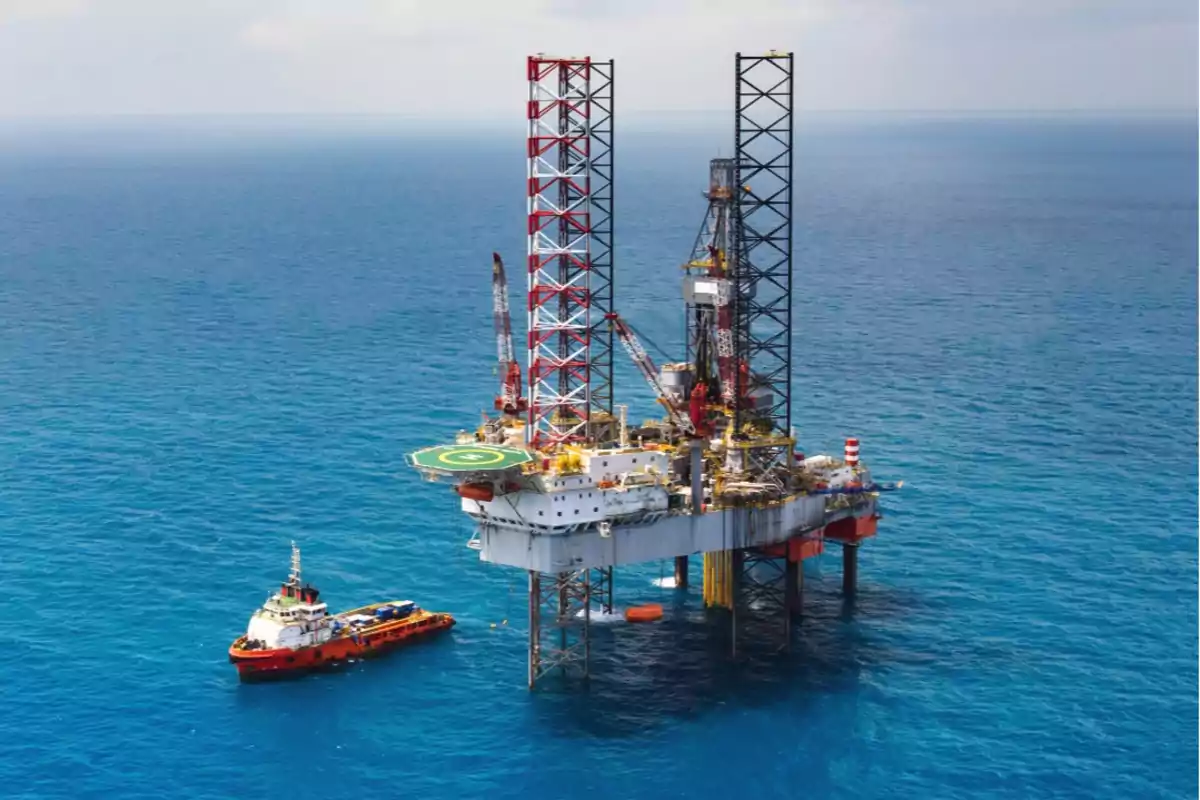
OPEC announced an unbelievable increase in production and the price of oil falls.
The organization that brings together the world's main oil producers announced they would triple production
On Thursday, the OPEC+ alliance (Organization of the Petroleum Exporting Countries and its allies), led by Saudi Arabia and Russia, announced an increase in oil production of 411,000 barrels per day (bd) starting in May 2025.
This increase is much greater than expected, almost three times the previously planned increase, and is part of a plan to gradually return to the market the volumes of crude that member countries had cut in previous years.
The production increase will affect countries like Saudi Arabia, Russia, Iraq, UAE, Kuwait, Kazakhstan, Algeria, and Oman, which will act to increase supply in the oil market.
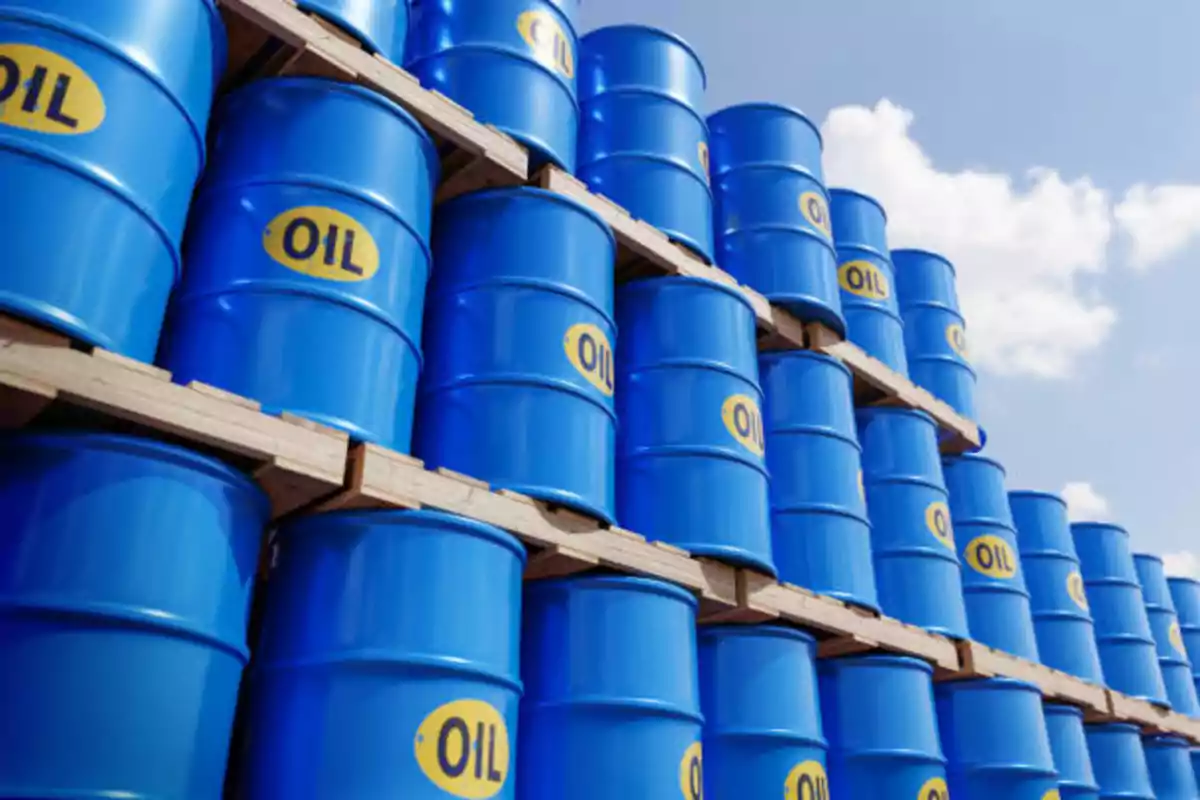
The price of oil reacted negatively to this decision, falling around 7% after its announcement. West Texas Intermediate (WTI) opened with a 6.64% drop, while Brent lost 6.42%.
This decline in prices reflects a concern about the impact of a possible global trade war, triggered by the recent imposition of tariffs by European countries on the United States, and its effect on global energy demand.
The production increase announced by OPEC+ is part of an agreement to gradually replenish the 2.2 million barrels per day that the group's members voluntarily cut in 2023.
This increase exceeds the 135,000 barrels per day initially planned for May, and is distributed in three monthly increases until reaching 411,000 barrels per day. Despite this acceleration, OPEC+ emphasized that the plan is flexible and can be modified or suspended depending on global market conditions.
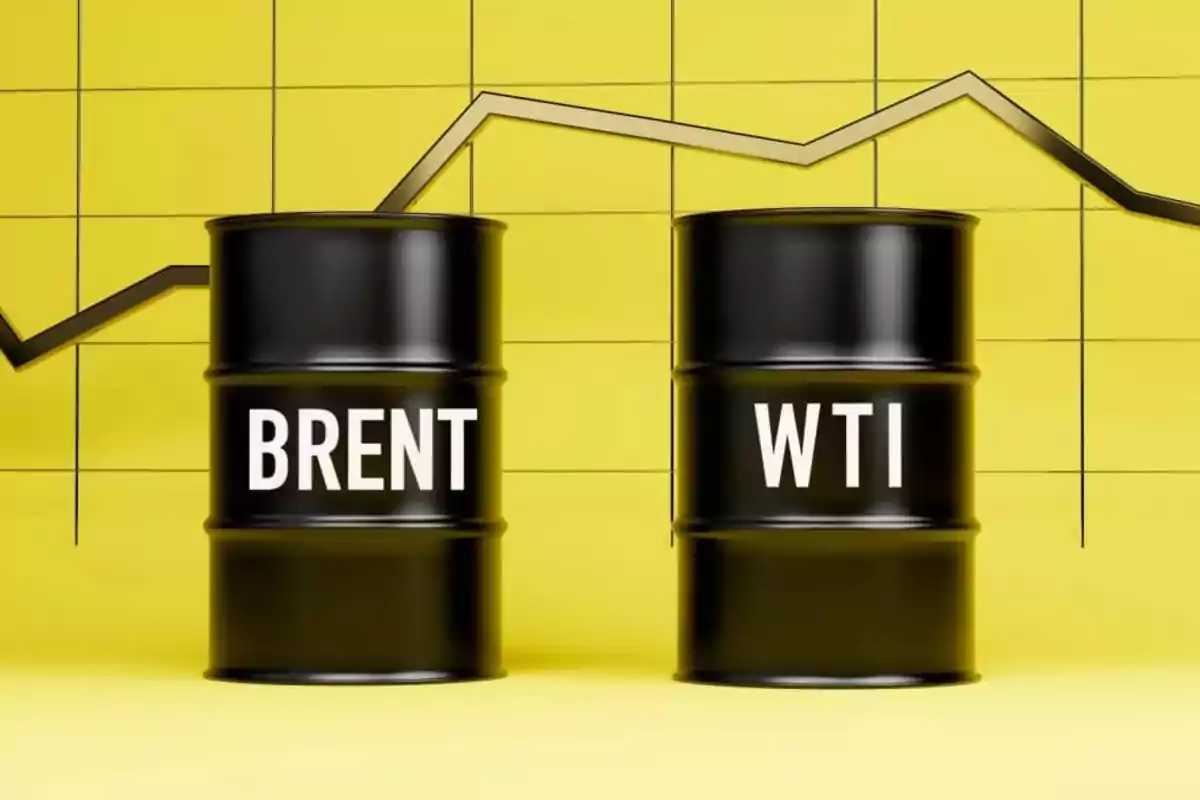
Although the United States government clarified that energy products, including oil, gas, and refined products, would be exempt from these new tariffs, the fear of a trade war continues to affect markets.
The drop in oil prices was amplified by OPEC+'s decision to increase production, which analysts consider beyond what was expected by the markets.
This translates into additional supply that could pressure prices downward, especially at a time when global economic growth prospects are threatened by uncertainty surrounding international trade.
In the context of these production increases, OPEC+ also acknowledged that some of its members, like Kazakhstan, United Arab Emirates, and Nigeria, have exceeded their production targets in recent months.

To balance this overproduction, the organization plans to adjust the quotas of countries that have been pumping more oil than agreed, which could lead to a redistribution of production volumes among the group's members.
Additionally, the United States' trade measures also include threats of tariffs on oil imports from hostile countries like Venezuela, Iran, and Russia.
These threats, which include 25% tariffs on Venezuelan oil imports and a possible increase in tariffs for buyers of Russian crude, have caused uncertainty about the global oil supply.
The production of Iranhas increased since 2022, reaching 1.5 million barrels per day, which represents approximately 1.4% of the world's crude production.
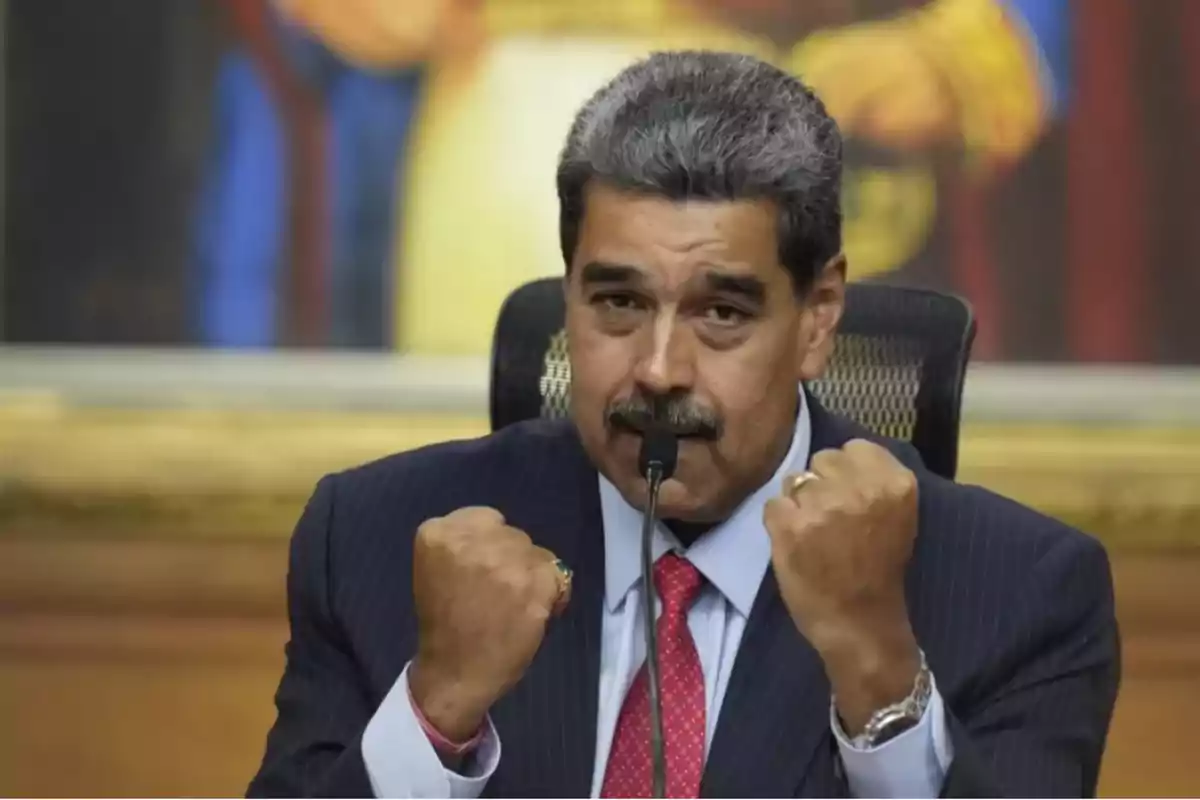
Meanwhile, Venezuela's production has fallen, but it remains relevant, especially due to U.S. sanctions against it. The drop in Venezuelan crude exports could have a significant impact on global energy markets, especially if U.S. pressure on the country continues.
OPEC+ meets periodically to review its production policies, and the next meeting is scheduled for May 5, when production levels for June will be discussed.
The flexibility of OPEC+'s production increase plan is key, as the group is willing to adjust its decisions based on the evolution of market conditions.
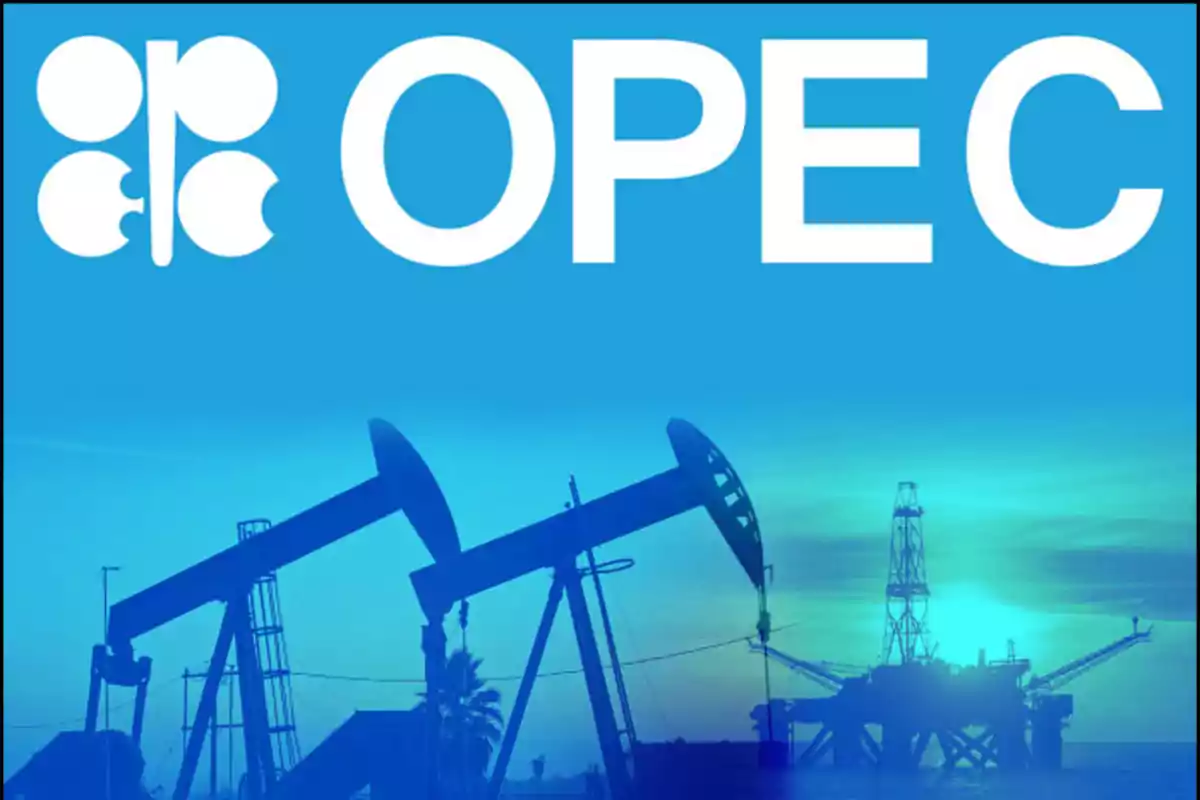
More posts: